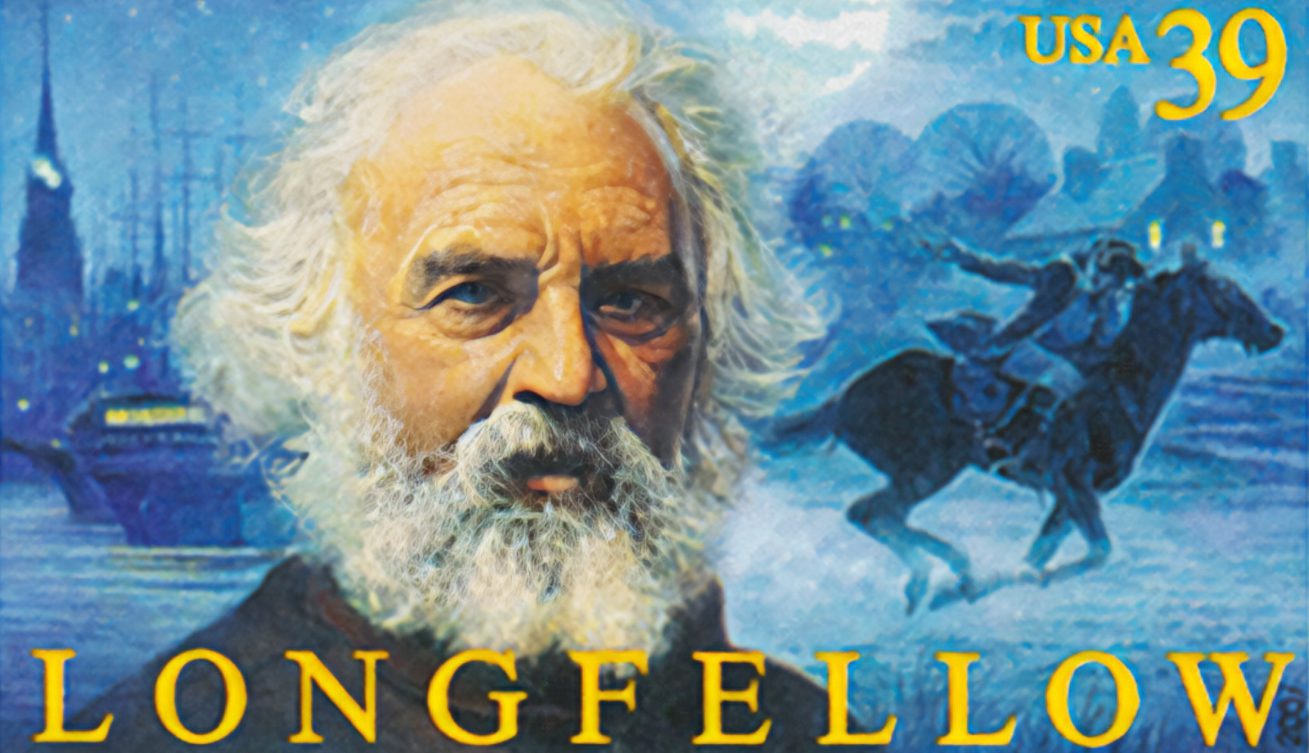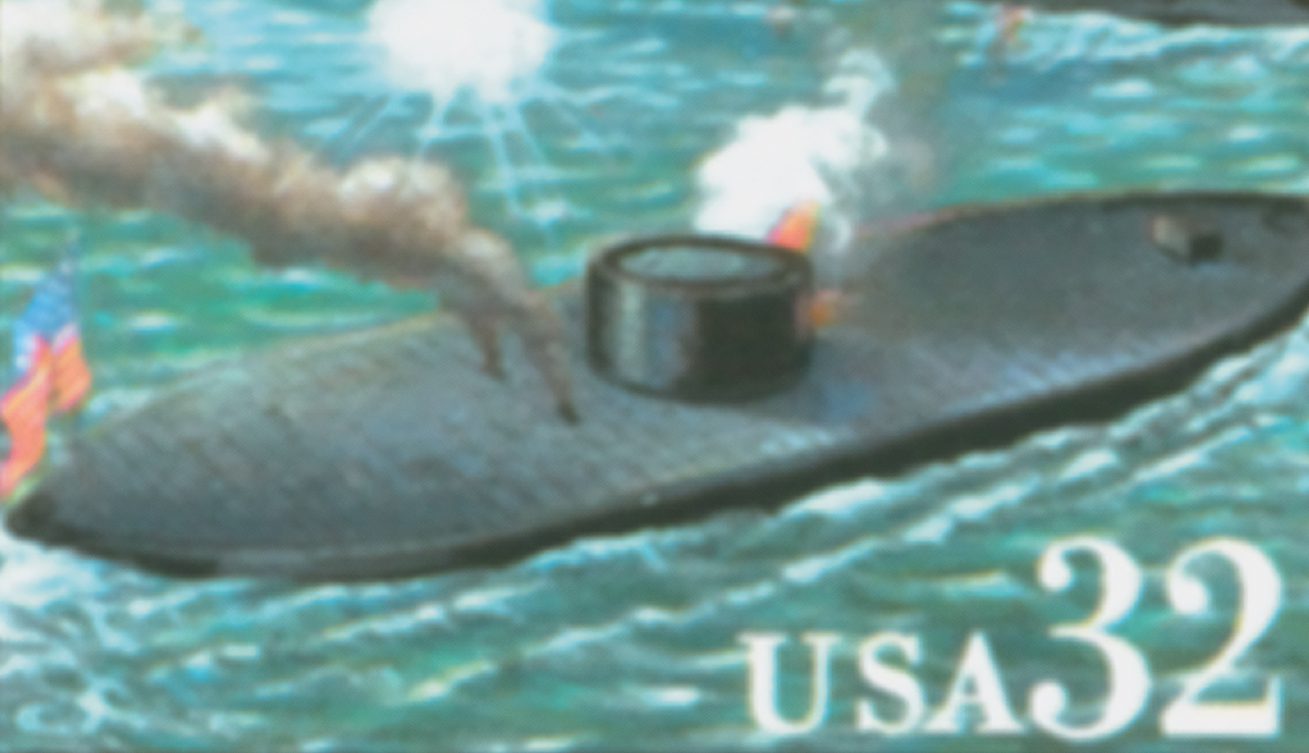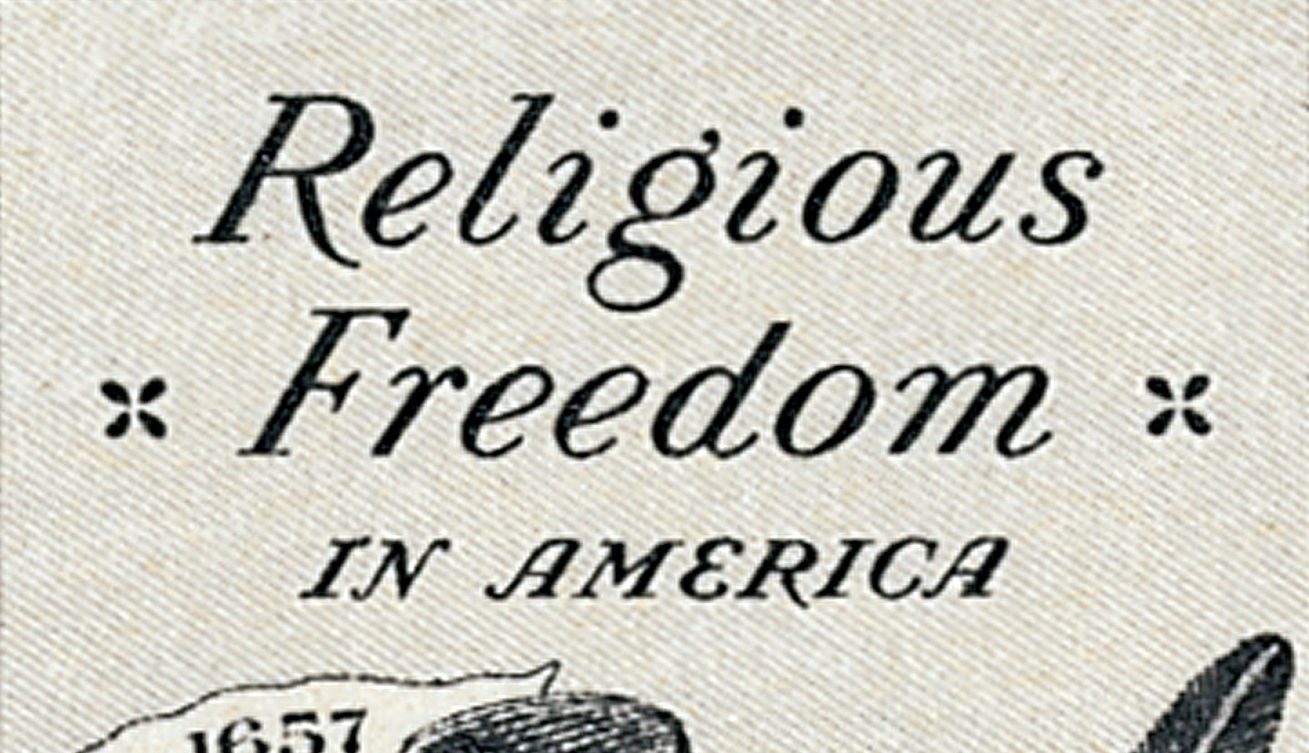Happy Birthday, Henry Wadsworth Longfellow
Acclaimed poet Henry Wadsworth Longfellow was born on February 27, 1807, in Portland, Maine. He was one of the most popular poets of the day, successful in the US and abroad.
Happy Holidays! Enjoy a FREE 2026 Stamp Calendar With Purchases of $100 or More. While Supplies Last

Acclaimed poet Henry Wadsworth Longfellow was born on February 27, 1807, in Portland, Maine. He was one of the most popular poets of the day, successful in the US and abroad.

While the exact date of abolitionist Frederick Douglass’s birth is unknown, it’s generally considered to be February 14, 1818. Douglass was an abolitionist and suffragist, one of the leading civil rights leaders of the 19th century.

On February 9, 1870, Ulysses S. Grant created the US Weather Bureau. Still in operation today as the National Weather Service, it provides weather forecasts and warnings for hazardous weather.

William Tecumseh Sherman was born on February 8, 1820 in Lancaster, Ohio. His tough “scorched earth” policy was a severe blow to morale in the Confederacy during the Civil War.

Aviation pioneer Charles Augustus Lindbergh was born on February 4, 1902, in Detroit, Michigan. He was the first person to fly solo non-stop across the Atlantic Ocean and helped to promote and expand aviation and airmail.

Newspaper publisher Horace Greeley was born on February 3, 1811, in Amherst, New Hampshire. His newspapers championed a number of causes, including abolition, temperance, railroads, and westward expansion.

On January 30, 1975, the USS Monitor National Marine Sanctuary was established off the coast of North Carolina. It was America’s first national marine sanctuary created under the Marine Protection, Research, and Sanctuaries Act, passed three years earlier.

On January 16, 1786, Virginia enacted Thomas Jefferson’s Statute for Religious Freedom. It was one of the most important laws ever passed by the Virginia Assembly, provided inspiration for the Bill of Rights, and was one of the achievements of which Jefferson was most proud.

After a life of wandering the frontier as a lawman, businessman, and gambler, Wyatt Earp died on January 13, 1929. Many of his exploits were embellished for books and early films, though he was present at the famed shootout at the OK Corral.